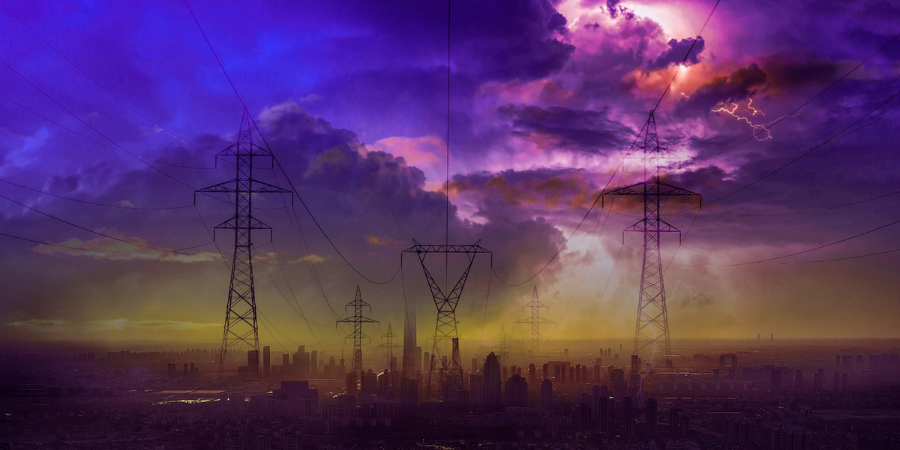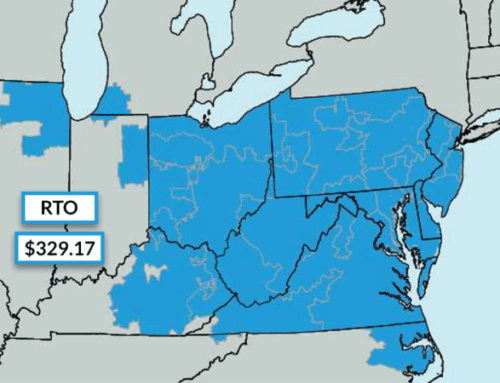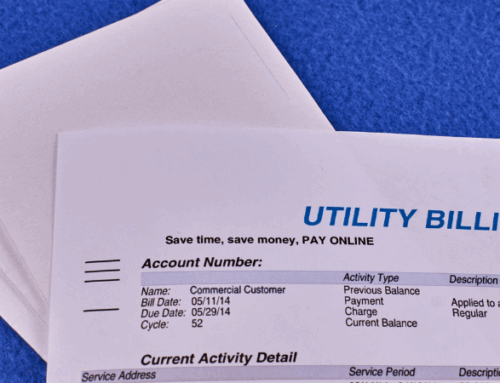In times of crisis, maintaining a stable power supply can be tough for electric grid operators. To prevent total blackouts, utilities and system operators use load shedding and rolling blackouts. These emergency measures allow utilities to manage the load on the grid during peak hours and keep the power supply reliable to prevent more widespread outages. In this article, we’ll explain what load-shedding and rolling blackouts are, why they happen, and how businesses can ride out the crisis and keep the lights on.
What’s a Rolling Blackout?
A rolling blackout, also known as a rotating outage or rolling power outage, is a temporary loss of electricity in a particular area. Unlike a total grid failure, rolling blackouts are controlled and scheduled by utilities and grid operators. They’re used as a last resort to prevent widespread outages when electricity demand exceeds supply. These outages are “rolled” across different areas to minimize the impact on any one location.
Why Do Blackouts Occur?
Rolling blackouts protect the power transmission grid from overload. By cutting power to non-essential areas, utilities can ensure that critical services like hospitals, emergency response centers, and water treatment plants get power. Without this measure, demand would exceed the grid’s supply and the entire grid would fail. This would lead to a bigger, longer blackout.
Is A Rolling Blackout Legal?
Yes, rolling blackouts are legal and are regulated by state and federal energy authorities. Regulatory agencies like the Federal Energy Regulatory Commission (FERC) oversee these emergency measures, and utilities are required to follow strict protocols for rolling blackouts.
How Does A Rolling Blackout Work?
Rolling blackouts are triggered by utilities or system operators when demand exceeds supply, usually during peak hours like extreme heat or cold. The utility selects areas to turn off for short periods, usually 1-2 hours per area. The outages are rotated so other areas can get power back while the grid stays stable.
How Long Does A Rolling Blackout Last?
A rolling blackout is designed to be short, 1-2 hours per rotation. But if the grid is under stress, rolling blackouts can go on longer, with multiple rotations affecting the same areas. This depends on the severity of the crisis and available supply and demand in the ISO or RTO.
Why Is Load Shedding Used?
Load shedding is a necessity to keep the centralized electricity grid stable. Without load shedding, the grid is vulnerable to widespread, long-term outages. This measure is often implemented for several reasons:
- Peak Demand: High demand periods, like extreme weather events, when demand exceeds supply.
- Supply Shortages: Lack of generation capacity from electricity generators. This is a common problem in developing countries.
- Grid Stress: Wildfires, hurricanes, and winter storms can damage the grid, and operators have to shut off areas to avoid a total failure.
- Fuel Shortages: Shortages of natural gas, coal, or other energy sources that affect power generation can trigger load shedding.
- High Energy Prices: To manage costs, utilities may reduce demand through load shedding rather than buying expensive short-term energy contracts in the spot market.
Who is Impacted The Most By Load Shedding?
Businesses and households in high-demand areas or in regions with poor energy transmission infrastructure are the most affected and often subject to load-shedding events. Industries that rely heavily on continuous power, like manufacturing, healthcare, and retail, suffer due to high costs when they are unable to operate. Residential customers are especially affected during extreme weather when power is needed for heating or cooling.
Rolling blackouts and load shedding affect different sectors of the economy, from households to large industries.
Pros and Cons of Load Shedding
Pros:
- Prevents Widespread Blackouts: Rolling blackouts prevent bigger, uncontrolled outages that can last longer.
- Saves the Grid: By balancing the load on the power grid, utilities protect critical systems from total failure.
Cons:
- Economic Impact: Businesses lose due to unplanned downtime.
- Safety Risks: For households with electric heat or that rely on medical equipment, rolling blackouts are a serious safety issue.
- Inconvenience: Frequent outages can disrupt daily life and frustrate customers.
Load Shedding In The U.S.
In the U.S., load shedding is used to stabilize grid conditions during peak hours. For example, states like California and Texas have used rolling blackouts to manage their electricity supply during summer heatwaves or winter storms. By managing the power system operation this way, utilities are protecting their customers and preventing bigger outages.
Load Shedding Globally And In Developing Countries
Outside the U.S., load shedding is used in countries facing energy shortages, especially in emerging energy markets. For example, South Africa and India have used rolling blackouts to address chronic issues with their power distribution systems. In many of these regions, rolling blackouts have become a normal part of life due to the lack of generation capacity, aging infrastructure, and high consumer demand for electricity.
Is There A Better Solution?
While rolling blackouts and load-shedding measures prevent bigger blackouts, they are not a long-term solution. Some proactive measures and modern technologies that can reduce the need for these emergency actions include:
-
- Smart Grids: Smart grid technologies provide real-time monitoring for better load management across the grid.
- Demand Response: Demand response programs encourage users to reduce consumption during peak hours so the system doesn’t need to shut off.
- Energy Efficiency: Energy efficiency reduces overall demand on the grid and minimizes load shedding.
- Energy Storage: Utilities and grid operators alike are quickly implementing battery storage backup into their systems to counteract spikes in demand. Battery storage is thought to be a future solution to load balancing.
Alternative Power Sources to Reduce Rolling Blackouts
Investing in alternative power sources to address peak load and reduce load shedding is a critical strategy for businesses looking to avoid blackouts. Some common solutions include:
- Renewable Energy: Solar, wind, and other renewables are sustainable power sources that can reduce dependence on fossil fuels and increase grid resilience.
- Alternative Fuel Backup: Installing natural gas generators or diesel fuel generators is another way organizations can counteract rolling blackouts. These backup power sources can keep critical components of the power system running during a load-shedding event.
- Distributed Energy Resources (DERs): DERs like rooftop solar and microgrids are local power generation solutions that can reduce load on the central grid and reduce load shedding.
Learn How To Keep Your Power On With Diversegy
Load shedding and rolling blackouts are necessary measures during peak hours, but they highlight the need for long-term energy management solutions. If your business has critical operations that cannot afford to be impacted by a load-shedding event, then we can help. Our team of energy experts has extensive knowledge of alternative energy solutions that can help improve reliability and keep your business running. Contact us today.



